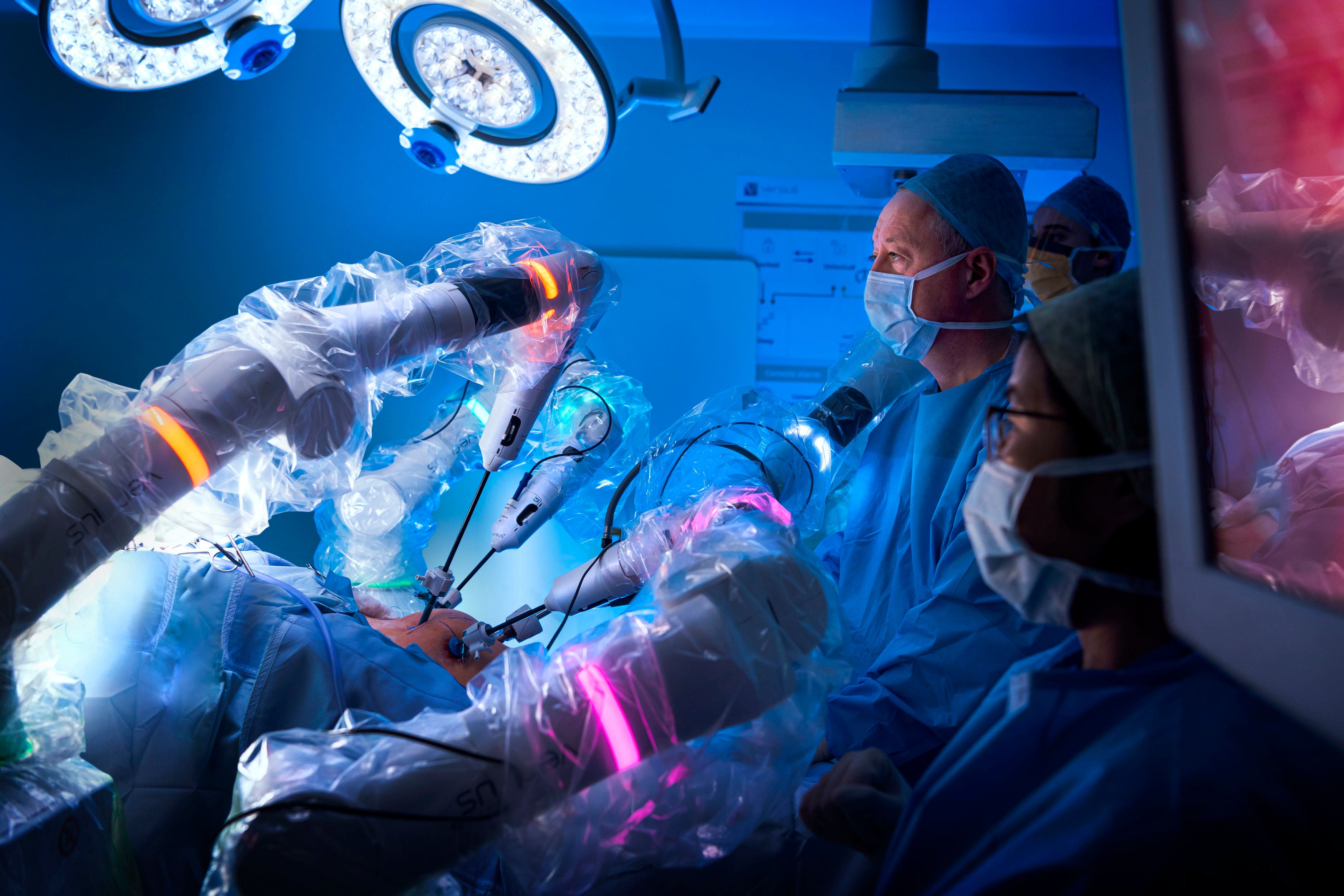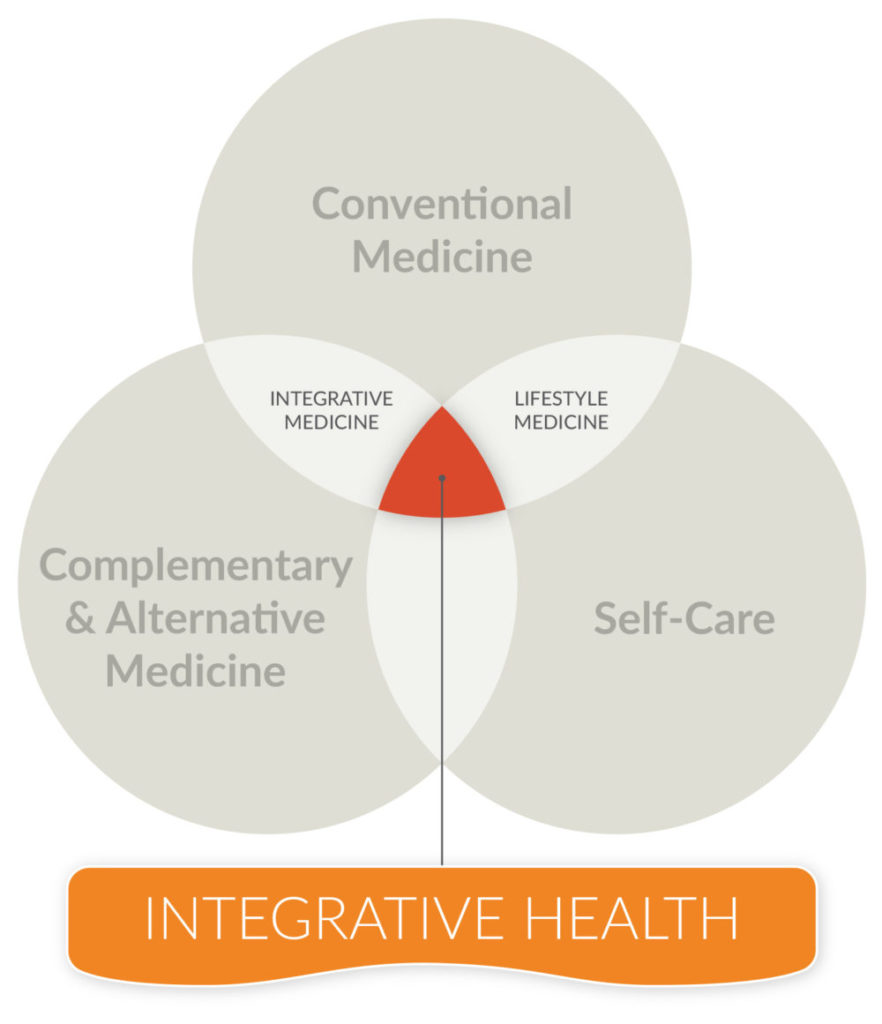
Precision in Surgery: The Impact of Robotics
Robotics in surgery has revolutionized the field, ushering in an era of precision and innovation. This article explores the transformative impact of robotics on surgical procedures, examining benefits, challenges, and the future landscape of surgical robotics.
Enhancing Precision and Accuracy
One of the primary advantages of incorporating robotics into surgery is the unparalleled precision and accuracy it offers. Robotic systems provide surgeons with enhanced control and a three-dimensional view, allowing for intricate maneuvers and precise incisions. This level of precision is particularly beneficial in complex surgeries where accuracy is paramount.
Minimally Invasive Procedures
Robotics has paved the way for minimally invasive procedures, reducing the need for large incisions traditionally associated with open surgeries. Miniaturized robotic arms, controlled by surgeons through a console, enable delicate movements within the body. Minimally invasive approaches result in shorter recovery times, reduced pain, and minimized scarring for patients.
Improved Visualization and 3D Imaging
The integration of robotics in surgery brings about improved visualization through high-definition, three-dimensional imaging. Surgeons can navigate through intricate anatomical structures with heightened clarity. This enhanced visibility contributes to more accurate decision-making during surgery, leading to improved patient outcomes.
Remote Surgery and Telemedicine
Advancements in robotic technology have made remote surgery a reality. Surgeons can perform procedures from a distance using robotic systems, expanding access to specialized surgical expertise in remote or underserved areas. Additionally, telemedicine applications allow for real-time consultation and collaboration among medical professionals during surgeries.
Challenges and Learning Curves
While the benefits are substantial, the integration of robotics in surgery presents challenges. Surgeons need specialized training to master robotic systems, and there is a learning curve associated with adapting to this technology. Addressing these challenges is crucial to ensuring the safe and effective implementation of robotic-assisted surgeries.
Cost Considerations and Accessibility
The initial costs associated with acquiring and implementing robotic surgical systems can be significant. This raises questions about the accessibility of this technology in various healthcare settings. Striking a balance between the advantages of robotics and cost-effectiveness remains a consideration for healthcare institutions.
Specialized Surgical Applications
Robotic technology is evolving to cater to specialized surgical applications. From cardiac and urological surgeries to gynecological and orthopedic procedures, robotics is expanding its reach across various medical disciplines. The versatility of robotic systems allows for customization based on the unique requirements of different surgical interventions.
The Future Landscape of Surgical Robotics
As technology continues to advance, the future landscape of surgical robotics holds exciting possibilities. Enhanced artificial intelligence, improved haptic feedback, and further miniaturization are on the horizon. These advancements aim to make robotic-assisted surgeries even more precise, efficient, and accessible across a broader spectrum of medical procedures.
Explore Robotics in Surgery at centrumzdravi.org
To delve deeper into the transformative impact of robotics in surgery, visit centrumzdravi.org. The platform offers insights, resources, and recommendations on the latest developments in surgical robotics, guiding healthcare professionals and patients in understanding and navigating this cutting-edge field.
Empowering Precision, Advancing Healthcare
In conclusion, the integration of robotics in surgery marks a significant leap forward in the field of healthcare. The precision, minimally invasive approaches, and advancements in visualization contribute to improved patient outcomes. While challenges exist, the ongoing evolution of surgical robotics holds promise for a future where surgical procedures are not only more precise but also more accessible and customizable to individual patient needs.

